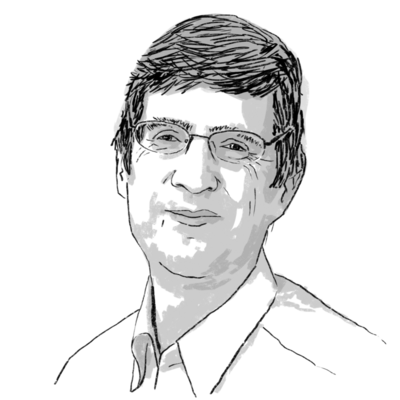Error loading media: File could not be played
00:0000:0000:00
00:00
 Laurent Belsie
Laurent Belsie
On tap for today’s Monitor Daily: Answers from the new report on FBI’s Trump investigation, strains in NATO, college education and the search for meaning, language lessons from French Jews and Muslims, and emojis for West Africa.
But first, truly electrifying news. The Tennessee Aquarium has a display that uses an electric eel to light up a Christmas tree. The lights flicker when it sends out an extra big jolt. There have been other Christmas-lighting electric eels in the past from Tokyo and Vancouver to Sandy, Utah. But none of them has managed to garner the attention that Miguel Wattson is generating down in Chattanooga. Everyone is reporting on the eel, er, knifefish. Maybe it’s the name: Wattson is spelled W-A-T-T-S-O-N. Or maybe it’s because he roars. Sensors in the water monitor the eel’s electrical discharges and deliver the big ones to a set of speakers.
But I think the biggest reason for his popularity is because he tweets. Miguel isn’t the aquarium’s first animal on Twitter. Chattanooga Chuck did it for years around Groundhog Day. But eel tweets are particularly charged: like SKA-TOW and ZING!!!!!! Once in a while staffers will throw in a bad pun or weak joke, like “I’m not slippery; I’m frictionally challenged.” For the most part, though, Miguel keeps it real. And there’s something particularly soothing these days about a Twitter feed where the biggest zingers amount to BUZZ!!! and SKA-TOW!!!

Our name is about honesty. The Monitor is owned by The Christian Science Church, and we’ve always been transparent about that.
The Church publishes the Monitor because it sees good journalism as vital to progress in the world. Since 1908, we’ve aimed “to injure no man, but to bless all mankind,” as our founder, Mary Baker Eddy, put it.
Here, you’ll find award-winning journalism not driven by commercial influences – a news organization that takes seriously its mission to uplift the world by seeking solutions and finding reasons for credible hope.
Explore values journalism About us